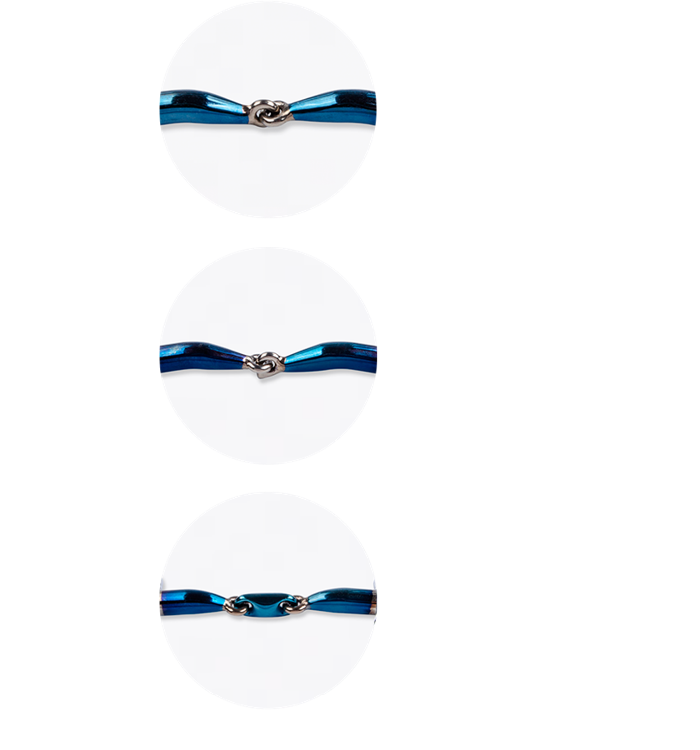Making the choice between a single jointed and a double jointed mouthpiece
Trying to find the right bit for your horse is always a struggle. One of the first options will most likely be a single or a double jointed snaffle. But what are the differences between the two? In this blog we will describe it as detailed as possible to help you make the right decision for your horse.
Single jointed
The single jointed mouthpiece is also known as the standard mouthpiece. This mouthpiece has a single pivot point, which puts less pressure on the tongue than a double jointed mouthpiece. When the reins are tightened, the joint in the middle of the mouthpiece is slightly raised, and with this effect, the single jointed mouthpiece mainly exerts pressure on the layers and the side of the tongue. Another option that is closely related to the single jointed mouthpiece, could be the locked mouthpiece. This resembles a jointed mouthpiece but cannot fold as far as a jointed bit. When pressure is applied on the reins, the bit locks, transforming it into a straight bar. Because of this effect however, the bit will become sharper than a normal jointed mouthpiece. The locked mouthpiece is best suitable for horses that pull against the hand and therefore become very strong while riding.
Eliptical
The double jointed mouthpiece (eliptical) has two hinges instead of one. It lies looser and will shape more to the horse’s mouth. This bit will exert more pressure on the tongue, the layers and the corners of the mouth.
How to find the right bit?
Having the right size bit for your horse is always very important, but maybe even more important with a (multiple) jointed bit. When the bit is too big and therefore does not lie well in the mouth, it will move more when you put pressure on one rein. The hinge points are closer to the corners of the mouth and with the constant movement from left to right the hinge points can press on the layers and cause wounds. More information about bit size can be found here: How to find the right bit size for your horse?
Effects
Which bit will suit better really depends on the character of the horse and what you want to achieve. As the double jointed bit is looser in the mouth, it will stimulate the horse to chew and play more with the bit and thus pull less into the bit and he will be more relaxed. However, when a horse reacts too strongly to the effects of the double jointed bit, it might result in a horse who gets more afraid of the bit and starts walking behind the bit, pulling his tongue up or even laying his tongue over the bit. With the single jointed bit the horse will be more likely to lean on the bit and follow your hand. The single jointed bit will be more suitable when you want to achieve a steady contact with the horse’s mouth. The Sweet Iron material in the jointed TRUST bits will rust when it comes into contact with (air) humidity and as the surface rust has a sweet taste, it naturally stimulates the saliva production, which in turn will encourage a better acceptance of the bit.
It is important that the bit is placed correctly in the horse’s mouth because of the anatomical shape. The TRUST bits are recognized by the logo on the side of the bit, it is important that the ears of the logo are the highest point, this way you can make sure that the bit always lies correctly in the mouth.



